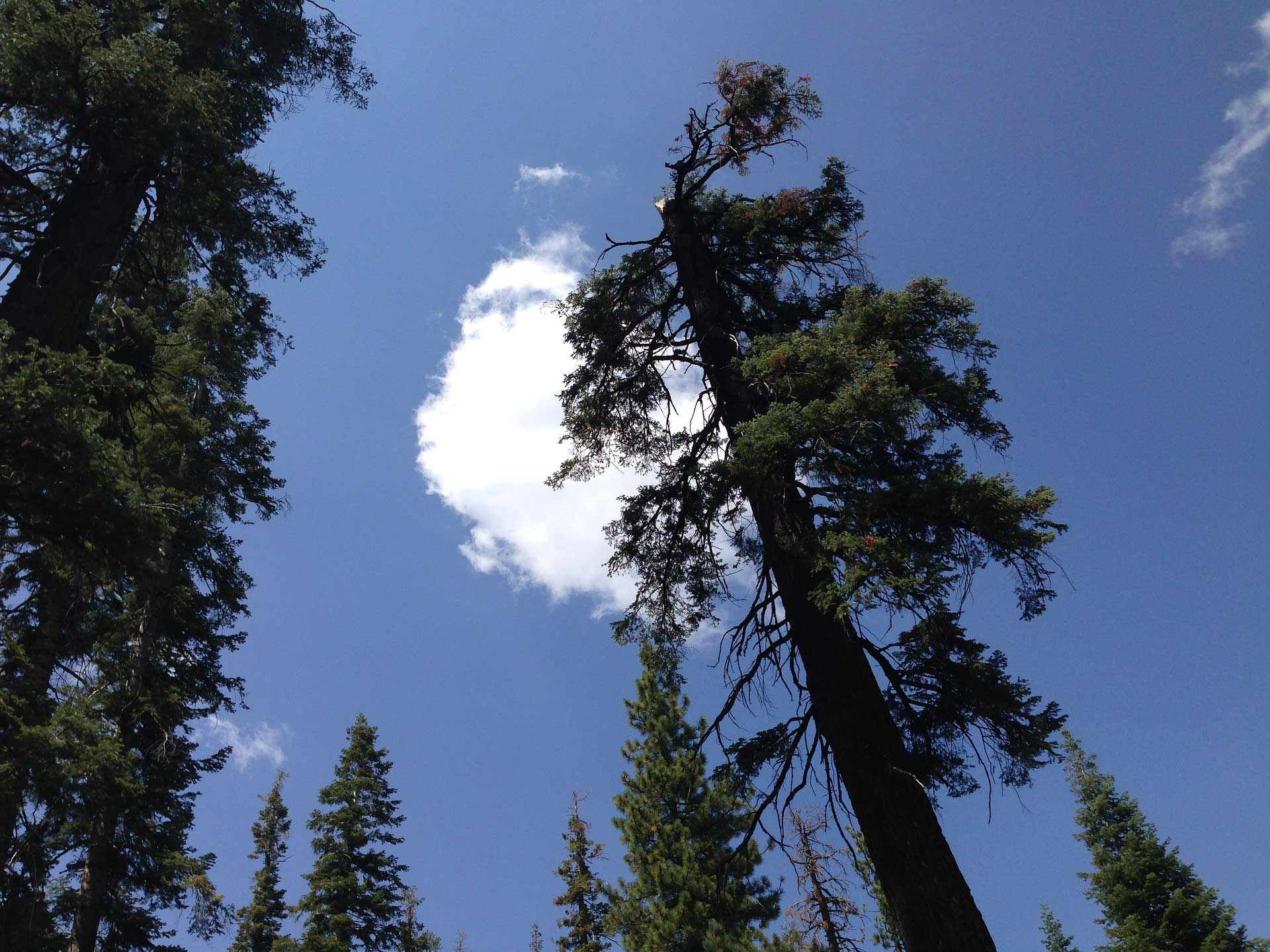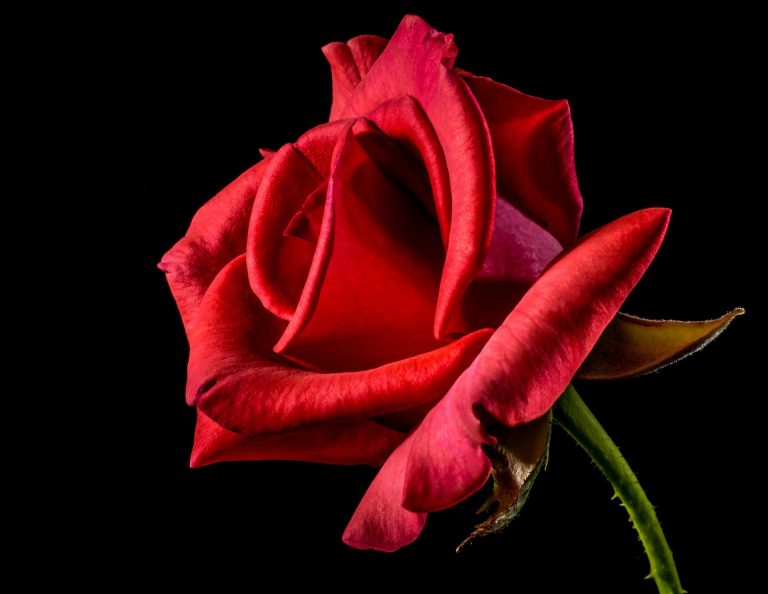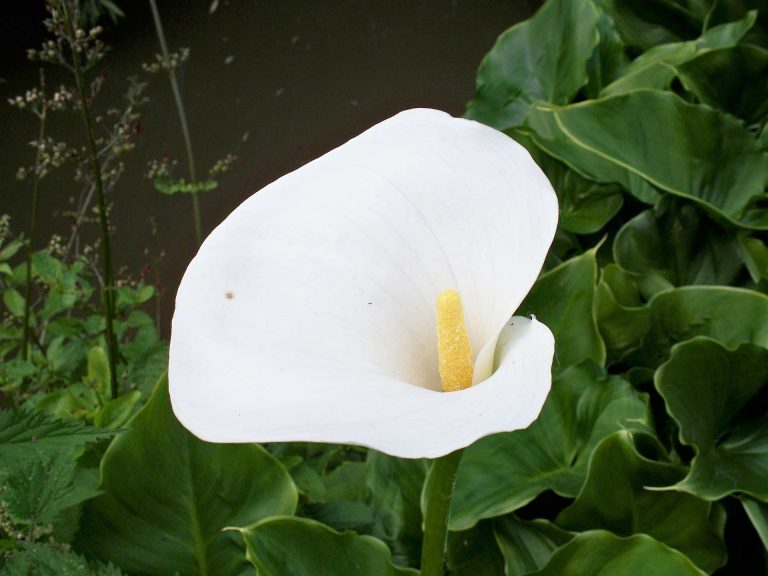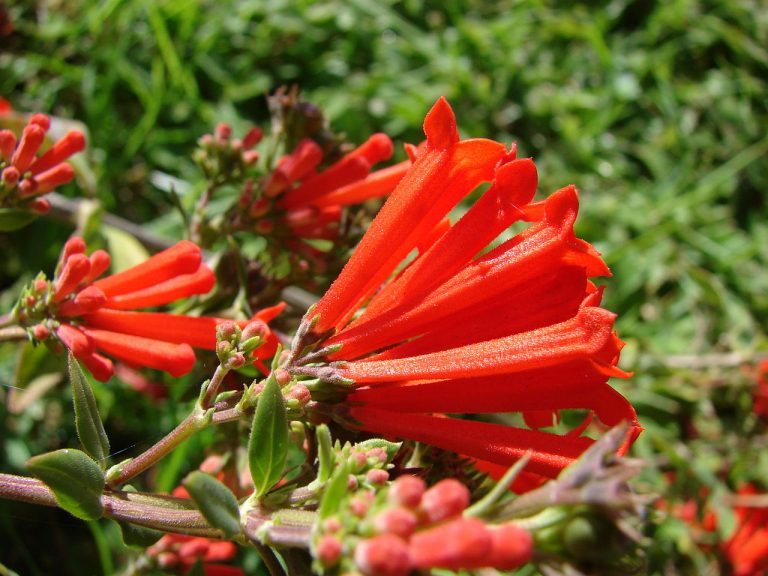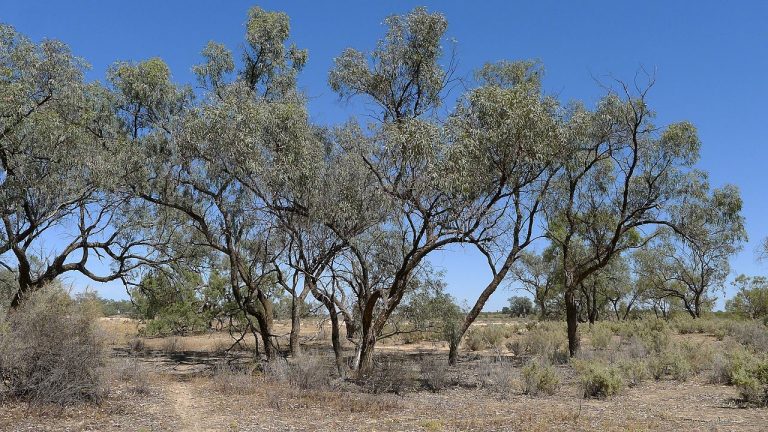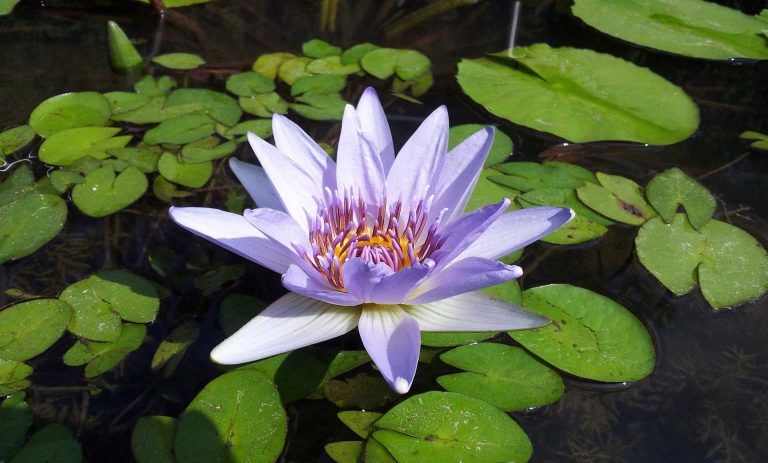Redwood Tree
Scientific classification
| Kingdom: | Plantae |
| Division: | Pinophyta |
| Class: | Pinopsida |
| Order: | Pinales |
| Family: | Cupressaceae |
| Subfamily: | Sequoioideae |
| Genus: | Sequoiadendron |
| Species: | S. giganteum |
| Binomial name: | Sequoiadendron giganteum |
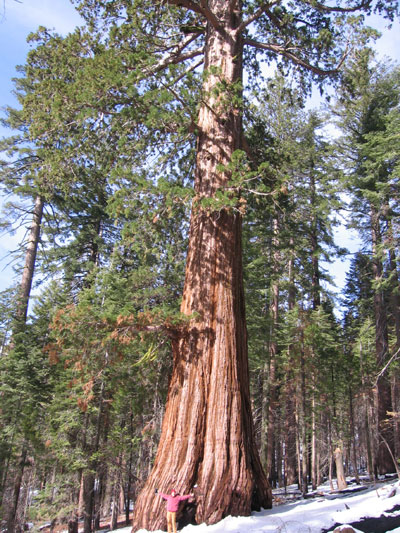
Photo by: A. Poulos
Redwood tree is an enormous tall tree with an average height of 8 feet and a diameter of 20 feet. Some of these trees have even crossed the height of the Statue of Liberty. Many refer to them as the tallest living creatures on Earth. The forest area of redwood trees covers more biomass than any area of the earth and even more than the rainforest of the Amazon.
Unlike other trees, this tree derived its name “Redwood” from the color of its Heartwood rather than from the bark color of the trees. A few trees represent an auburn shade.
The giant Redwood trees represent the tallest living trees on the earth, with heights reaching up to 100 plus meters or 360 feet.
These trees are generally so enormously tall, extremely huge, dense and crowded that some areas under their canopy hardly receive any sunshine and therefore the plants that live under these skyscrapers grow little in size.
The officially, estimated age of these ancient giant coast redwoods around 2200 years, but some foresters still think that other coast redwoods may be more older than estimated.
Anatomy
The color of Redwood bark varies from grayish to red-brown and they feel stringy-fibrous and soft to touch. The bark may prevent the tree against fire damage. The thickness of this mature tree may be as wide as 2 feet (60 centimeters).
The needle of this tree also presents the polarity of light above and dark below. Needles on the lower branches are long as well as broad, releasing the cool, moist air downwards while the needles on the upper side of Redwood, are narrow and short. Upper needles of this tree resemble the juniper or cedar needles. Leaves initially evolve out from the bark of upper branches. Upper leaves have scales over it; these scales adapt to the dry and hot conditions within the forest canopy.
It may be surprising to know that, despite the amazing height and maturity, the root organization of redwood is shallow. This root system does not have a tap root, and their roots are confined within 6 feet to12 feet in depth. While major roots spread about 50-80 feet and may have a diameter around an inch. One reason of their stiff, erect posture since centuries can be intermingling of their root system. These trees grow in a group close to each other, there may be a chance that their roots get mingle together.
The Keys behind survival of this tree: is its regenerative abilities. The major Regenerative ability of this tree includes the burl. All burl is covered with the bark and built from dormant stems of redwood. Their burls sprout when the redwood tree is damaged, injured and diseased or cut. Burl is an outward growth on the trunk of the tree, often noticed at the base of redwood. These burls may sprout Saplings. If the growth of a new tree results from the burl of the main tree, then the child tree will be genetically identical to their parent tree.
Habitat
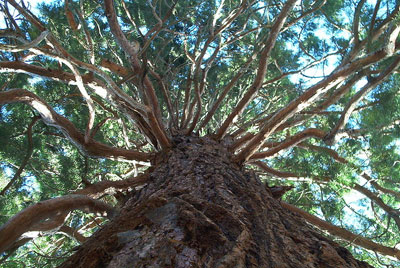
Coast Redwood only grows on the coast of the Pacific, which means it covers the area from Southern Oregon to Big Sur.
However, two other types of Sequoia trees still exist. These two are very closely related to coast redwood. Sequoiadendron Giganteum, which is locally famous as the Giant Sequoia grows only in the Sierra Nevada range of California. This tree is generally short in height, but heftier than coast redwood. If you want to see them, you can visit at Kings Canyon and Sequoia National Park. Metasequoia Glyptostroboides or Dawn Redwood is the other relative of redwood and grow in an isolated area of China. The tallest of this tree is around 1/3 the height of the red of coastal redwood.
GROWING AT HOME
Every year a mature redwood tree produces 6-8 millions of seeds. These seeds are very light -weight and millions of seeds weigh only around eight pounds. Redwood’s seeds fall from hundreds of feet and stay in the plant litter which is usually found in their canopies.
If the environment is good, then the seeds take a month to start their growth. However, a large percentage of these, about 95% seeds of redwood do not germinate. Only a few number of germinated seeds in reality turn into flowering plants.
As the plant begins to dry, redwood cones gradually seem to be fading from their green color to brown color. Once the mature tree becomes dry enough, scales on the cone gets separated and free their seeds. The majority seed-shed starts from the month of November and stretches till February. To ensure about the seeds if the seeds that fall out of the cone are healthy, pick one cone before it open and then let it dry for a few weeks until scales get separated. Do that either in the month of December or in January. If you wish to grow a tree outside, make sure you use seeds from local seed stock and plant redwood in areas that are adaptable to them.
Planting
Grow at least twenty seeds of redwood in a peat or cardboard box and use potting soil for substrate. These seeds require light to germinate and thus should be planted shallow. The rate of germination is very low about 5%.
Put the pot inside a plastic packet and close it with an elastic band.
When height of this tree reaches a few inches, transfer the pot into large container with some extra potting soil. Keep the top layer of soil moist but do not over water; remember they live naturally in the rain forest.
The second technique is to put the seed in between layers of moist tissue rather placing in a pot. However, later you need to transfer the plant to a bigger pot once their roots sprout out. This method is a bit risky.
The simplest way to plant this tree is: the cloning method that is used for growing the trees for lumber. While planting, choose the best tree from the local stock. Then get the burl and put it in a sunny spot. Take a shallow pot and place the burl in with some water, so it stays moist. This burl will slowly grow into the little redwood shoots.
Make sure that the ball is kept in a cold area with no sunshine. The seeds should not dry in the germination phase. Keep the soil moist but do not over water.
Temperature and Humidity
The redwood requires moderate temperature, infrequent frost and combination of summer fog with winter precipitation and a coastline to grow. Thus, the redwood habitat is only inland or the lower coast ranges of mountains. These trees do not grow in the freezing areas.
The redwood favors moist and mild climate of the northwest California coast. The tree requires fog and a lot of rain water that is common in coastal northwest California. Every year, in an average that area receives precipitation up to 40 inches and 90% of this precipitation are between the month of October and the month of April. Coastal areas receive rain up to 122 inches each year. A huge 200 foot tree with 5 feet, trunk diameter, holds about 34000 pounds of water, while it transpires about 200 to 500 gallons of water every day.
Flowering and Maturing
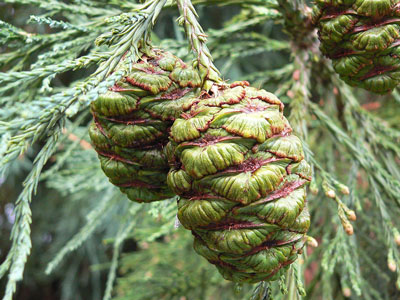
The redwood tree blooms either in early winter or in late autumn. Same trees develop both female and male flower. Over the tree, the pollen creating male flowers appear as small tufts in small yellow-brown color at the end of the leaves. The female flower of the tree is greenish in color and all embryonic cones are present on the higher branches.
Varieties
There are three varieties of redwood; the Coastal Redwood or Sequoia Sempervirens, Metasequoia Glyptostroboides or the Dawn Redwood and Sierra Redwood or the Sequoiadendron Gigantean. Specimens of Dawn Redwood were first discovered as a fossil in 1941 by Japanese botanist in China. Later, during the Second World War some living sample of this tree was found in central China. Sierra Redwood and Coastal Redwood are evergreen while Metasequoia or Glyptostroboides is deciduous.

Having discovered a fondness for insects while pursuing her degree in Biology, Randi Jones was quite bugged to know that people usually dismissed these little creatures as “creepy-crawlies”.

